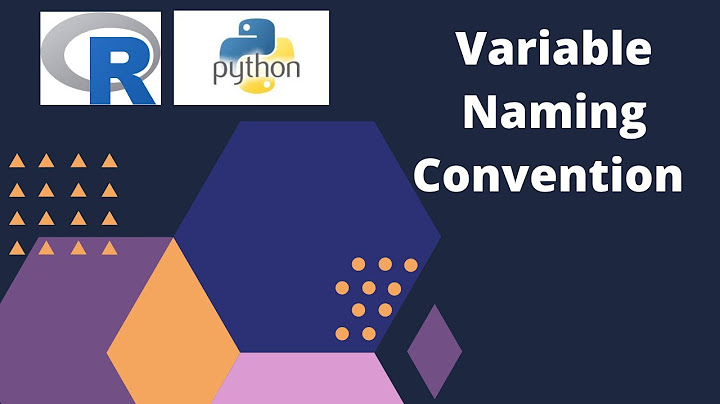If you have a claim for refugee protection pending before the Refugee Protection Division, you must keep your contact information up to date with the IRB. If your contact information changes, you must immediately inform the IRB of the changes in writing. The IRB will not be able to reach you without your correct contact information. Show You can be given refugee protection in Canada if you meet the definition of a Convention refugee, or if you are a person in need of protection. The Refugee Protection Division (RPD) of the Immigration and Refugee Board of Canada (IRB) is responsible for deciding if you qualify for refugee protection. Before this can happen, you must make a claim, and if you are eligible, you will be referred to the RPD for a decision. To make a claim for refugee protection, you may either: 1. Make a claim at any port of entry (airport, seaport, land border)You can make a claim for refugee protection when you arrive in Canada at any port of entry by completing an eligibility interview with an officer from the Canada Border Services Agency (CBSA), completing the application package, and providing fingerprints and a photograph. Normally, you will complete the forms – which are provided by the CBSA officer – in-person when you arrive. However, it is possible that the officer tells you to come back to the port of entry or an inland office for an interview at a future date. If this occurs, the officer will give you:
The officer may also tell you to submit your refugee claim online. If you’re told to complete your claim online, you’ll need
After your claim has been submitted, if the officer decides that your claim is eligible, it is referred to the RPD for a decision. Once your claim has been referred to the RPD you will be given:
2. Make a claim after arriving in CanadaYou can also make a claim for refugee protection after arriving in Canada. If you choose to make a claim after arriving in Canada, you must submit a complete application including all supporting documentation, as well as the BOC Form, when you make your claim. Refer to the Completing Your Basis of Claim Form page for information about the BOC Form and what is required. To make your claim after arriving in Canada, you should submit your refugee claim online. If you have already made a claim, you don’t need to resubmit it through the portal. To submit your claim online, you’ll need a scanner or camera to create electronic copies of your documents. You will also need to create your online account, which can be used to submit your claim, and also to check on the status. If you are unable to submit your claim online after arriving in Canada, you may request to submit your refugee claim on paper from inside Canada.
After your claim has been submitted, if the officer decides that your claim is eligible, it is referred to the RPD for a decision. Once your claim has been referred to the RPD you will receive:
Who qualifies for refugee status in Canada?Who qualifies as a refugee in Canada?. Persons in Need of Protection. A Person in Need of Protection is a person in Canada who, if removed to their home country or country where they normally live would be personally subjected to: ... . Convention Refugee. ... . Country of Asylum Class.. How long does it take to get refugee status in Canada?It can take up to 4 months for a refugee to arrive in Canada after the sponsorship is approved. The process has 3 stages: We process the sponsorship application in 1 week. It can take up to 8 weeks for refugees to get their visas and exit permits, depending on where they are.
Who qualifies for refugee status?In general, eligibility for refugee status requires that: You are located outside the United States. The reason for persecution is related to one of five things: race, religion, nationality, membership in a particular social group, or political opinion. You have not already resettled in another country.
How much does it cost to become a refugee in Canada?There is no government fee for making a refugee claim, and processing times vary from one visa office to another. Refugee claims can either be made while the person is in Canada, or if they are outside Canada.
|

Related Posts
Advertising
LATEST NEWS
Advertising
Populer
Advertising
About

Copyright © 2024 SignalDuo Inc.























